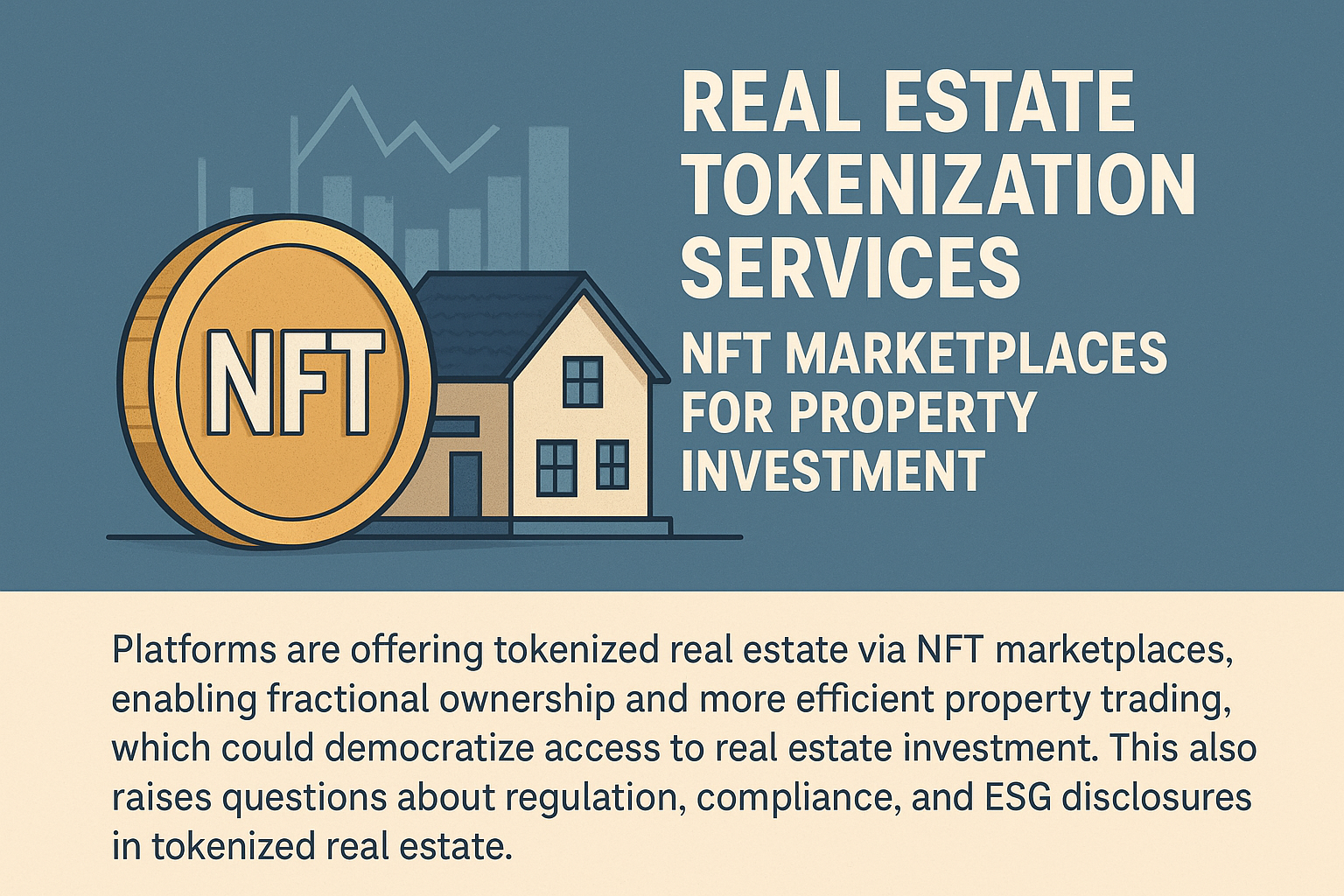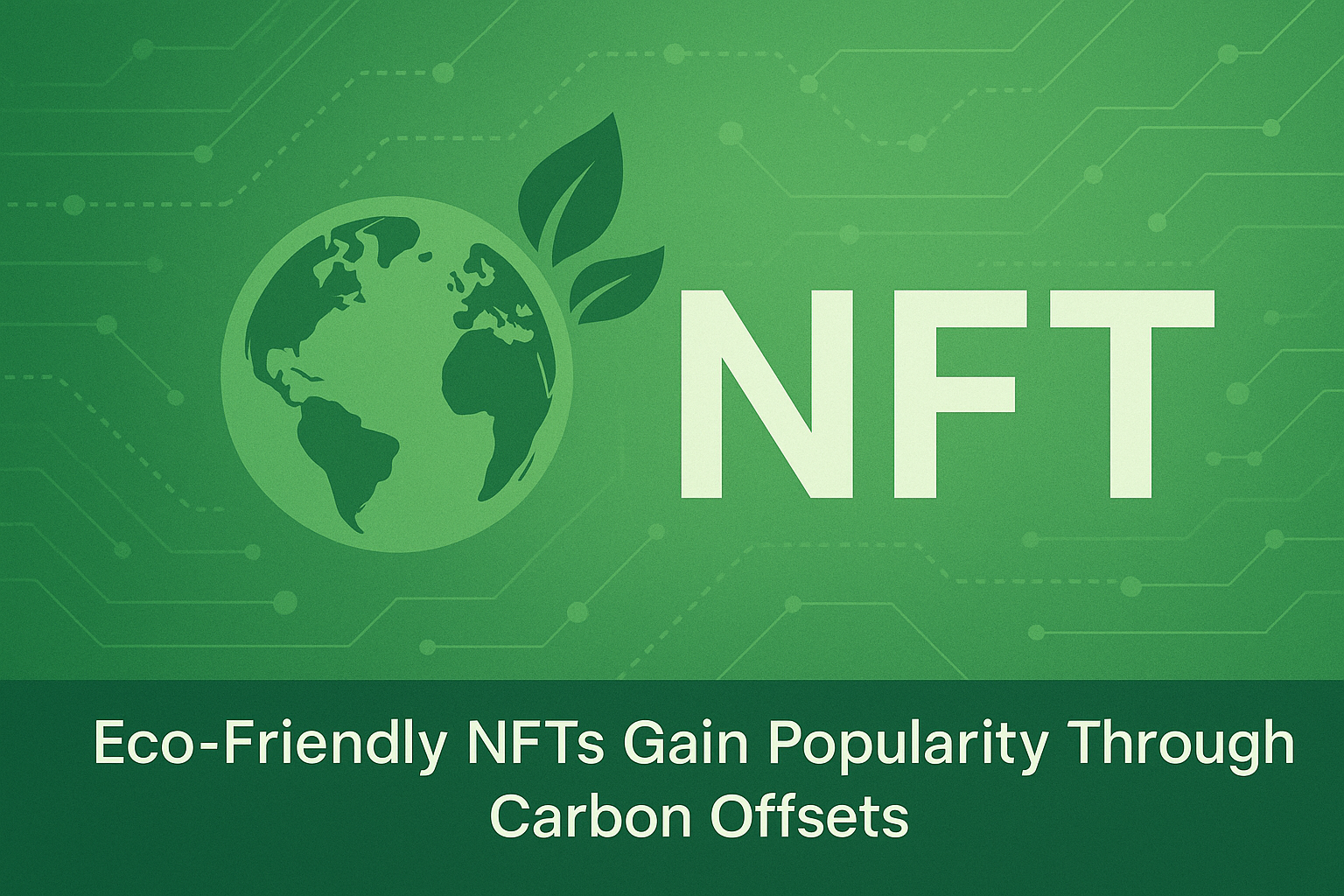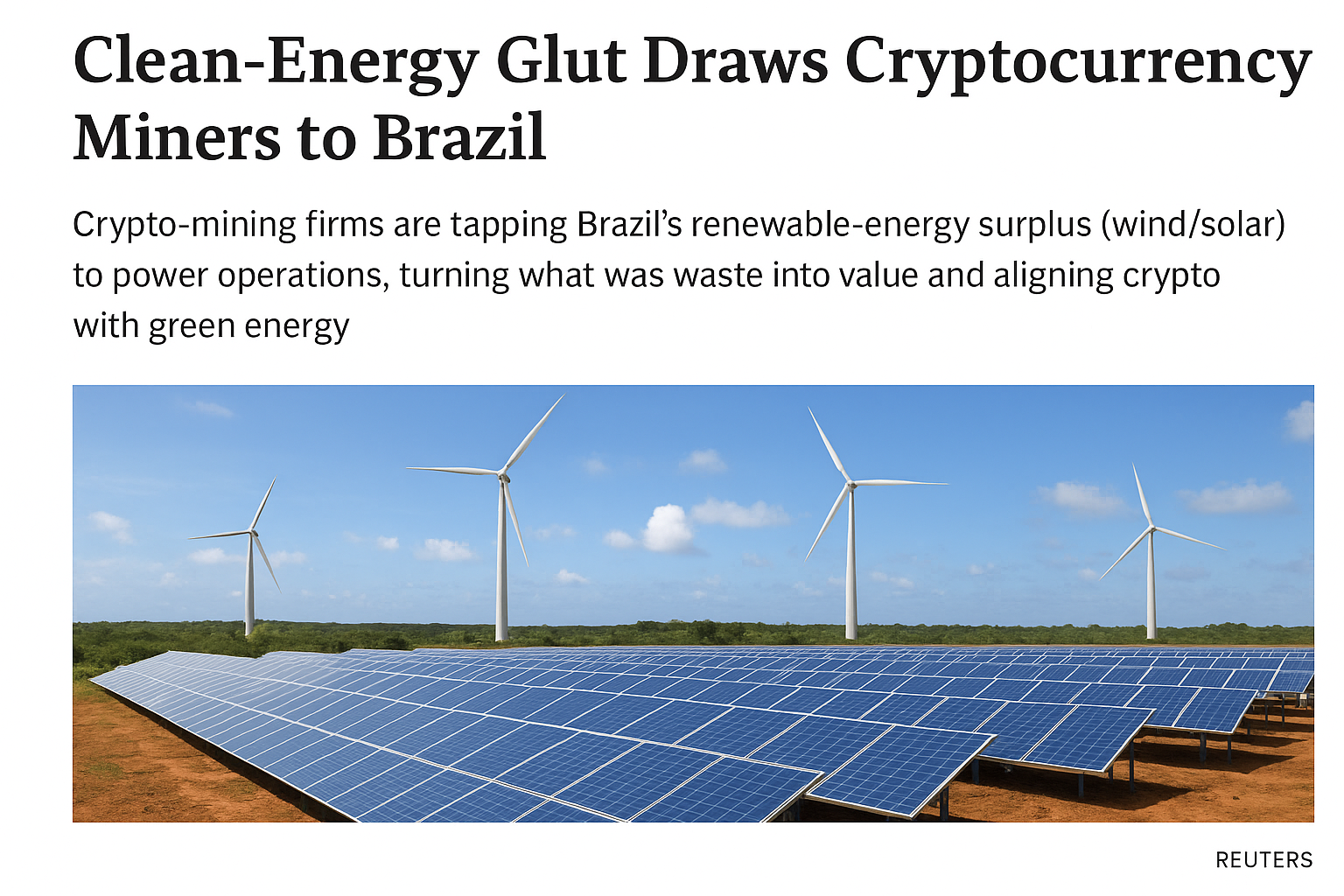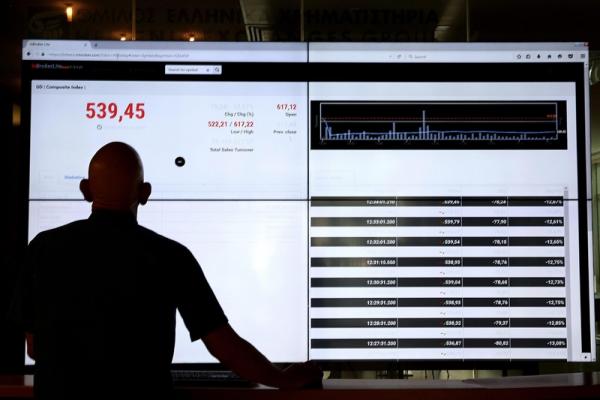The real estate industry—once known for slow transactions, high barriers to entry, and exclusivity—is now at the edge of a technological breakthrough: tokenization. Thanks to blockchain innovation, properties can now be represented digitally as Non-Fungible Tokens (NFTs), traded on marketplaces much like digital art or collectibles. But this isn’t about buying a meme house or virtual land in the metaverse. This is about enabling anyone, anywhere, to invest in real-world real estate—fraction by fraction.
What Is Real Estate Tokenization?
Tokenization converts the ownership of a property—or its cash flow—into digital tokens stored on a blockchain. Each token represents a share in the property, giving investors proportional rights to income or appreciation. These tokens are often structured as NFTs to ensure unique, verifiable ownership records that cannot be altered or duplicated.
Imagine a $10 million apartment building in New York divided into 10,000 tokens worth $1,000 each. Instead of needing millions to buy into the market, investors can own a fraction—democratizing access to one of the most traditionally exclusive asset classes in the world.
How NFT Marketplaces Enable Fractional Ownership
New NFT-based platforms are emerging as marketplaces for real estate tokens, allowing investors to browse, trade, and manage their property-backed assets with the same ease as trading digital collectibles. These marketplaces facilitate:
-
Liquidity: Traditional real estate is notoriously illiquid. Tokenization allows for faster, peer-to-peer trading of fractional ownership.
-
Transparency: Smart contracts automatically handle revenue distribution and ownership verification, reducing fraud and administrative overhead.
-
Accessibility: Investors from any part of the world can participate in real estate markets once reserved for institutional players.
Startups like RealT, Propy, and Lofty have already begun experimenting with NFT-based real estate trading, offering investors partial stakes in rental properties and even enabling real-time dividend payouts in stablecoins.
The Regulatory and ESG Puzzle
While the opportunities are exciting, the road ahead is complex. Regulators are still figuring out how to classify and supervise tokenized property assets. Are they securities? Are NFT marketplaces required to perform KYC (Know Your Customer) and AML (Anti-Money Laundering) checks?
Furthermore, ESG (Environmental, Social, and Governance) disclosures—now standard in institutional real estate—must find a new framework in blockchain-based ecosystems. Transparent sustainability metrics and ethical governance will be critical for attracting responsible investors.
The Road Ahead: From Innovation to Integration
Real estate tokenization sits at the crossroads of finance, law, and technology. As blockchain infrastructure matures, more institutions are likely to enter the space, bringing legitimacy and regulation along with innovation. In the next few years, we could see hybrid ecosystems where traditional real estate firms partner with Web3 platforms to bring tokenized property offerings to mainstream investors.
The ultimate vision? A world where buying 0.1% of a skyscraper in Tokyo is as easy as purchasing an NFT—secure, compliant, and open to all.




